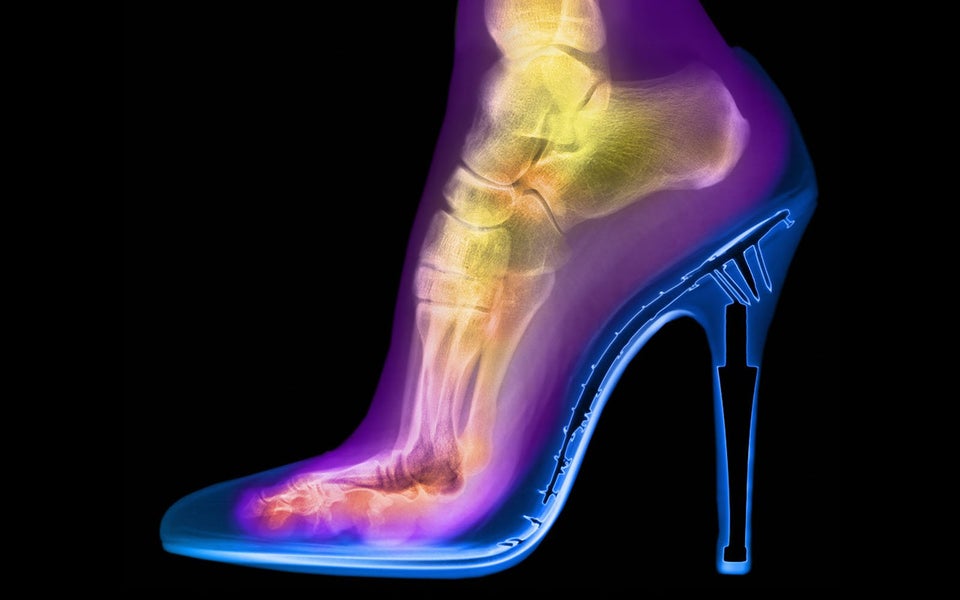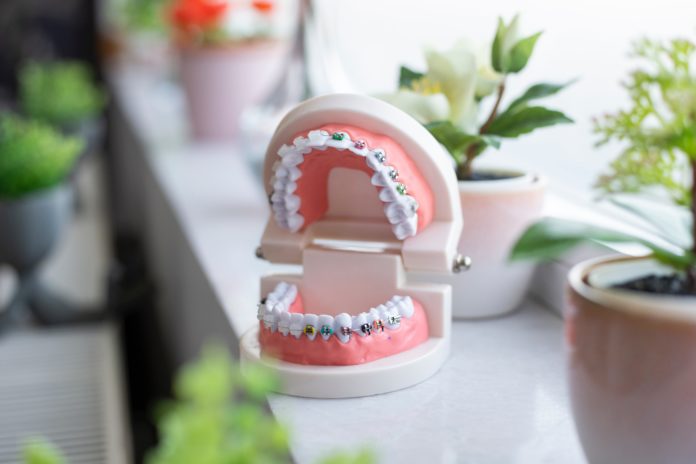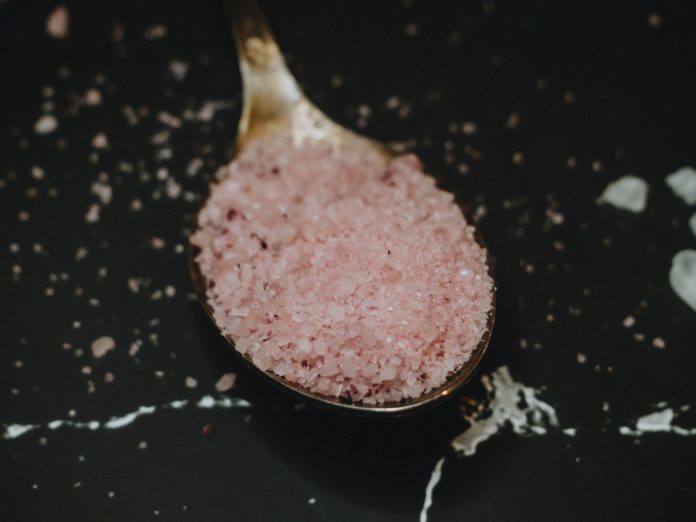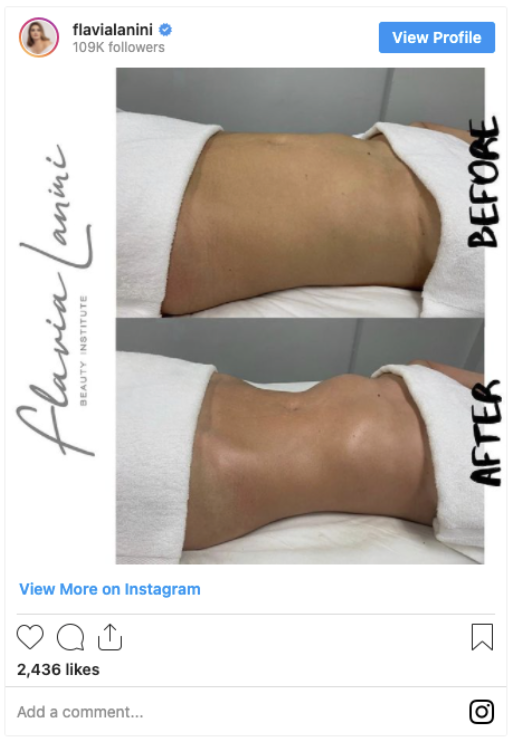One thing that could change everything…?
Yes, we know. Heels aren’t going anywhere anytime soon.
They make our legs look longer, bodies look thinner, and butts look rounder. Millions of women rely on high heels for confidence.¹
But at what cost? Potentially:
– chronic back, neck, and knee pain
– osteoarthritis risk
– spinal disc compression
– tight hip flexors
– shortened Achilles tendons
– weaker ankles
– bunions, hammertoes, foot pain
– weakened pelvic floor
– compression of foot bones
– long-term spinal alignment issues
And still… you’re already starting to scroll away, because you’re NOT giving up your heels.
WAIT!
We’ll show you some compromises that can help.
First, please take a second to really look at the bones in the picture above and below. I’ll meet you on the other side.
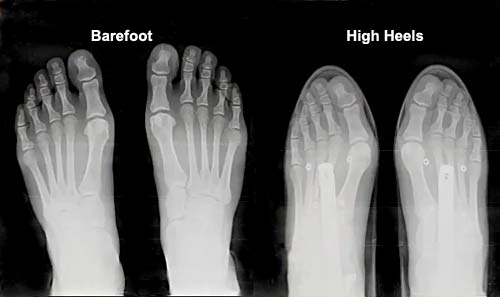
What We Know
It’s simple physics:
High heels shift your body forward, making every other joint in your body compensate.
|
Picture a bookcase as tall as you. Imagine sliding a 3-inch thick book under one side of it. Check out the lean on that bookcase! That’s you in heels. |
You’d fall over, except your body is smarter than that. Cue the compensations:
– your ankles flex
– your knees bend
– your pelvis tucks
– your back arches
– your neck pulls back…
… all just to keep you from falling over.
When you force your body into those compensations for hours a day, day after day, that’s where serious issues arise.
Like painful foot ailments that require surgery, or osteoarthritis – both of which are way more common in women than men.²
Or shortened calf muscles and Achilles tendons. Stiffening ankle joints.³ Low back pain.⁴ You get the idea…
And how would you feel about ending up back in diapers?!
|
Regular heel-wearing can weaken your pelvic floor muscles.⁵ |
Wearing heels regularly also profoundly impacts your balance, posture and gait.⁷
What We’re Still Learning
While doctors agree that wearing heels can damage your feet, the effects on the rest of your body aren’t well-studied yet.
So even if you’re struggling with back, knee, or neck pain, most doctors won’t tell you to give up your heels.
But if you’ve already tried yoga, stretching, and all the things, maybe it’s worth slipping on some flats to see if it helps?
And if you haven’t yet experienced pain from those stilettos? (You lucky devil!)
Maybe you just file this information away. Because – reminder – it’s harder to undo joint damage and misalignment (or weakened pelvic floor muscles), than it is to prevent them in the first place.
The Bottom Line
Few of us can expect to escape long-term joint damage from wearing heels regularly. Tune into how your body feels, and consider choosing the flats more often as a form of self-love.
And if you care about the longevity of your joints, posture and pelvic floor muscles, preventative measures are your friend. Here’s some great ones:
| Toes In |
🦶 Choose heels with a rounded toe box instead of pointy toes (which compress your foot bones even more). 🛍️ Buy the right size! You’re already asking a lot of your feet by putting them in heels. Don’t squish them even more with too-small kicks. |
| Waist Deep |
🥿 Practice moderation. Don’t rock the heels all day, every day. Carry flats in your bag and pull them on whenever you can. 🏃♀️ Stretch your calves before you put on your heels, and when you take them off. It can help counteract the shortening effect on your calf muscles and Achilles. 👠 Let 2″ be your max heel. With every inch of height, pressure on your joints increases. |
| Full Immersion |
🎾 Love on your feet. Take care of them like you do with other muscles after a hard workout. Check out the tennis ball massage further below. 👟 Serious about helping your long-term joint health? Check out minimal footwear, or negative-heeled footwear (even most sneakers today have a slight heel!). |
